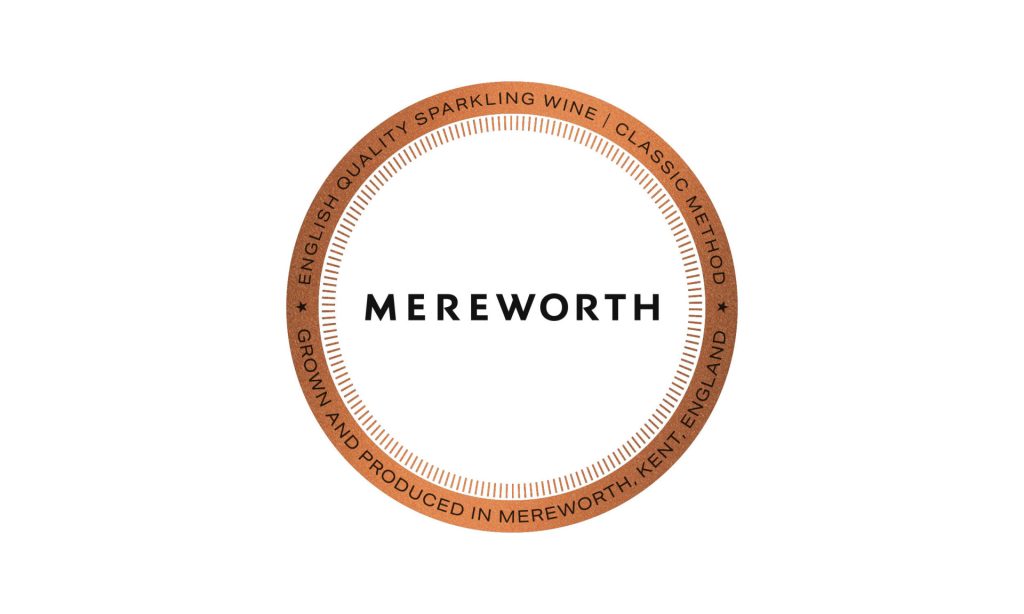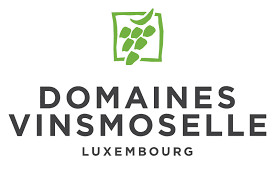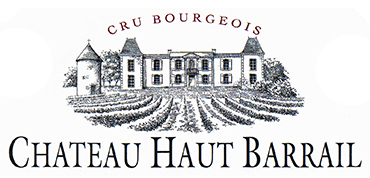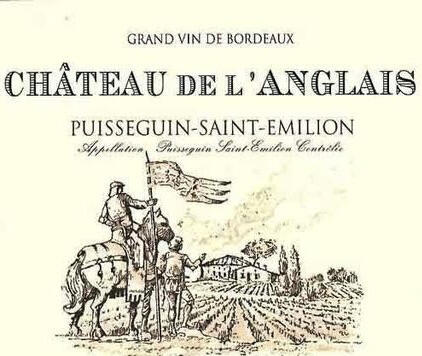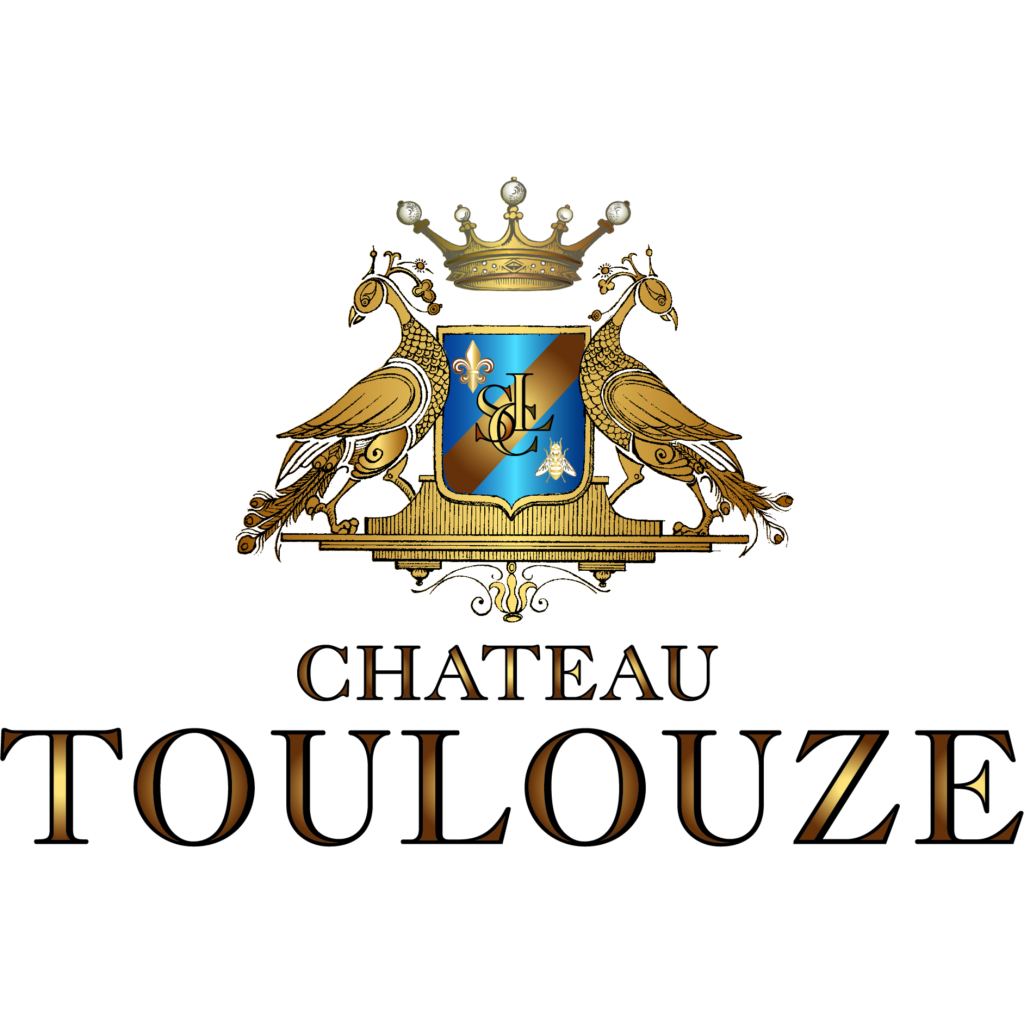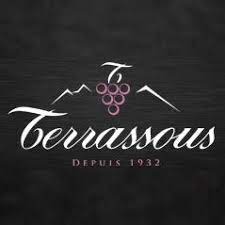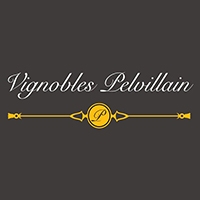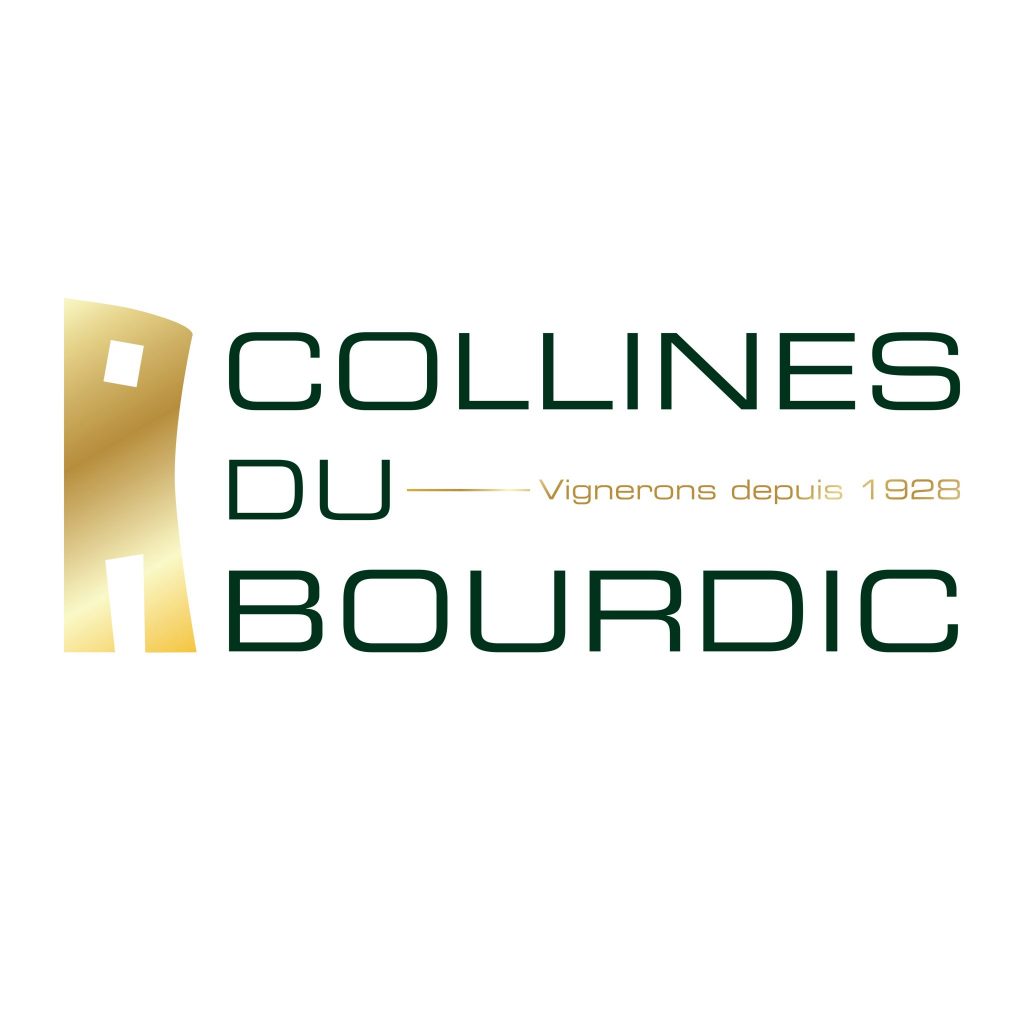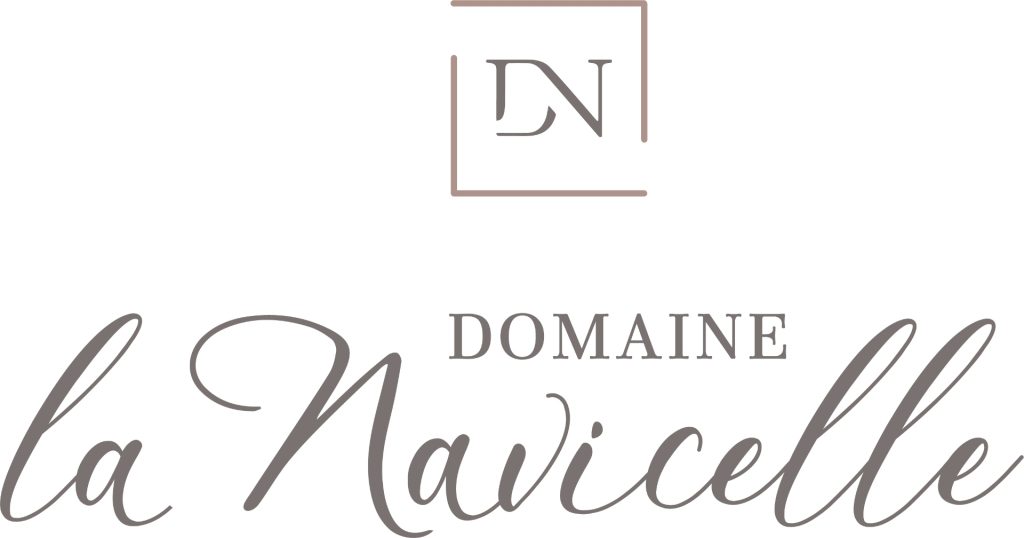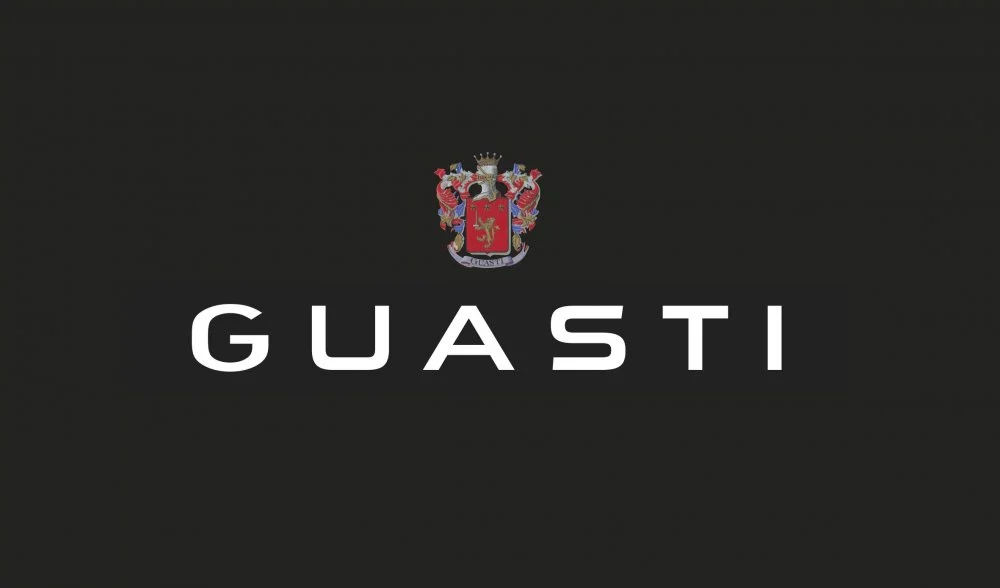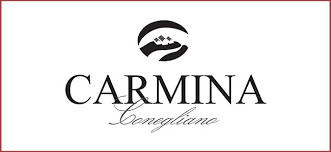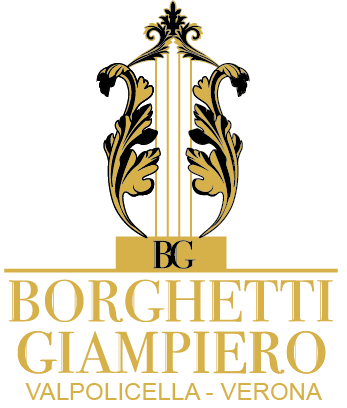NEXT TASTING EVENT | THE BARN AT MEREWORTH WINES, KENT. 10th of MAY 2025
LIST OF PRODUCERS | UK
Mereworth Wines, Kent, England
Mereworth, a settlement listed in the Domesday Book, is found in the heart of Kent. Dating back 500 years, Mereworth boasts a long association with fruit and hop growing, with some of the first hops in the country planted here. First vineyards planted in 2016, they grow Chardonnay, Pinot Noir and Pinot Meunier grapes. Historically, these three are known as the principal grapes grown in Champagne but they have proven a fabulous match for the climate and growing conditions here in Kent to make exceptional English Sparkling Wine.
LIST OF PRODUCERS | LUXEMBOURG
Domaines Vinsmoselle, Luxembourg
Domaines Vinsmoselle is Luxembourg's first wine and crémant producer. Since 1921, the wine grower's cooperative has been producing finest wines which have been internationally rewarded in numerous competitions. Their 170 vintners cultivate exclusive lieux-dits all along the Moselle river, from Schengen to Wasserbillig. Domaines Vinsmoselle is proud to continue its commitment to sustainable and responsible viticulture, symbolized by the award of the prestigious Fair'n Green label.
LIST OF PRODUCERS | FRANCE
Château Haut Barrail, Bordeaux, France
One of the most beautiful vineyards of the Médoc, Château Haut-Barrail is in Bégadan, in a location it has occupied since 1362. Formerly known as ‘La Maison de la Bernède’, the estate was acquired by current winemaker Cyril Gillet’s family in 1987. It took a lot of restoration work to get the estate to a state where it could start producing wine, with the first vintage of Château Haut-Barrail not appearing until 1995. The vineyard now covers around 15 hectares that are mostly dedicated to Merlot and Cabernet Sauvignon grapes. The estate’s wines are refined and elegant, and notable for their assertive character.
Château de l'Anglais, Bordeaux, France
Nestled in the heart of the Puisseguin-St Emilion hillsides, this is a 100% Merlot. The name derides from the legend an English soldier from Talbot’s army in 1453 (just after the 100 Years War) remained and settled here. Since 2004, the famous chef Pierre Troigros, alongside the current owner, François Brissot, used to own half of the estate until 2016, and some of the restaurants from the family are still serving the wine to their guests.
Chateau Penin, Bordeaux, France
Chateau Penin was founded in 1854 by Louis Carteyron and his son Jacques. The vines are situated on gravelly soils on the Left Bank of the Dordogne overlooking St Emilion. There are 40 hectares in total and today the estate is run by 5th generation winemaker, Patrick Carteyron who took over the estate in 1982.
Chateau La Fleur Penin, Bordeaux, France
Patrick Carteyron, already owner of Château Penin in Génissacin the Bordeaux Supérieur appellation, seized the opportunity in 2011 to acquire this confidential 2 ½ hectare vineyard in perfect condition, in the Saint-Emilion Grand Cru appellation. The 35 to 70-year-old vines are planted on a clayey-sandy soil. The production and management of the estate are carried out within the framework of a reasoned and multi-performance agroecology: Respect for soil, water, air, biodiversity and plants.
Chateau Toulouze, Bordeaux, France
A 59 hectare estate. The first records refer to the property's name with an "s", like the city of Toulouse, but some local archives mention it with a "z". Alain Cailley imposed the current spelling of the Château to avoid confusion with the city and emphasise the regional patronymic characteristics., it is a perfect blend of Merlot, Cabernet Franc and Cabernet Sauvignon. Bright purple colour, giving you a delicious bouquet of red berries, followed by silky tannins and a long, round and smooth character.
Vignobles Terrassous, Roussillon, France
The winery is located in the south of France on the Aspres terroir of which they are the No1 producer. The vineyard is totalling nearly 700 ha. They grow Mediterranean grape varieties such as Syrah, Grenache, Mourvèdre, Carignan, Vermentino and Muscat, expressing wines with finesse and temperament. The cellar is also specialised in maturing natural sweet wines. Some of their incredible Rivesaltes can aged for up to 40 years in large French oak barrels. All of the wines come from farms classified as HVE (high environmental value) since vintage 2020.
Château de Cenac, Cahors, France
This is one of three estates owned by the Pelvillain family, who has roots in viticulture in this region dating back to the 19th century. They also have a state of the art winery in Albas overlooking the Lot River and consistently invest in the best equipment and have over 300 French-oak barrels in their aging cellars. Many times assailed during the numerous wars, the medieval castle managed to resist on its 240m high hill and maintained its vineyard on the south facing argilo-calcareous plateau partially covered with brown clay and with ferruginous stones. Recognized by the former brokers as a reference for the Cahors vineyard, it was restructured towards the end of the 1970s with the Malbec vine nowadays granting it the expression of wines of high quality.
Les Collines du Bourdic, Languedoc, France
Les Collines du Bourdic was established in 1928 by a handful of vignerons from Bourdic and the surrounding villages, who produced authentic light, easy-drinking and fruit forward wines which reflect the heritage of the region. The skills and knowledge were passed down through the generations and in 1985, the cooperative rebranded as ‘Les Collines du Bourdic’. Today, it covers 1,700 hectares of vines, of which 150 are organic and certified HVE Level 3. Passionate to showcase the best of their region, they produce a range of vibrant wines under the Héritage label, which reflect the simple gestures of yesteryear. While the vinification methods are more modern, the spirit and the profile of the wines remain the same, with light and luminous colours, aromatic vibrancy and all the quintessential flavours of the South of France.
Le Grand Castelet, Provence, France
In the Gallego-Pouget family, the Grand Castelet wine estate has been handed down from generation to generation since the 19th century. The unsegmented Grand Castelet domain, stretches along the Rhône river, with some 494 acres of vines, woods, and crops, succeeding one another. Next to the elegant mansion lies a Provençal courtyard, flanked by large, white farm buildings, where stands out the central sundial that has been setting the tempo since 1740.
Dom. La Navicelle, Provence, France
Owned by the Swedish Kamprad family (founders of the multinational retail company IKEA), La Navicelle is tucked into the side of the “Colle Noire” massive and neighbors to Clos Cibonne, overlooking the sea near Toulon. The twenty-one hectares of Navicelle vines are grown with genuine respect for the ecosystem, fauna and flora. The vineyard is inspired by the fundamental principles of biodynamics. It has been certified in AB (Organic Agriculture) since 2014 and in HVE (High Environmental Value) since 2019.
LIST OF PRODUCERS | ITALY
Guasti Clemente, Piedmont, Italy
In the 1946, Clemente Guasti founded the winery in the heart of Nizza Monferrato and he started to produce and sell the most high quality wines from the region. As a Great wine maker and innovator, his achievements already started on the first year of activity, reporting the origin of the grapes on the label of the wine bottle’s, this innovation had an important legacy on the intuition aimed at the world of Barbera, practically he began a precise indication linked to the concept of “cru”, referring to the importance and selections of owned vineyards. He was the first to bottle a 100% Barbera “cru”.
Carmina, Veneto, Italy
Love for their land and a desire to find newer and newer technologies has accompanied them, the Sacchetto family, for the past three generations. From the past to the present day they make wines with passion. Located on the hills to the north east of the best production area for Prosecco DOCG, Conegliano, is where Carmina’s Sacchetto family have their roots. The 15 hectares of vineyards has found its natural habitat and where the vines can offer the very best they have.
Giampiero Borghetti, Veneto, Italy
Giampiero Borghetti winery is located in Castelrotto, municipality of San Pietro in Cariano, in the Valpolicella Classica area, Veneto region, Italy. It is based inside the Casa Fraccaroli residence, which in its basement used to house a production of wines as early as 1790. Casa Fraccaroli has always remained among the family and has now passed under the ownership of Giampiero, direct heir of Fraccaroli family. The history of the company experienced a leap in quality in the 80s of the last century, when Lisetta and Paolo Borghetti, Giampiero’s mother and father, built the new cellar, still in the house, where winemaking still takes place today.
Cantine Grasso, Sicily, Italy
Founded in 1887, five generations have farmed these vineyards in Milazzo of northeast Sicily. Today, Alessio, along with his sons Tullio and Carmelo, passionately remain committed to preserving tradition and skill, while utilizing sustainable practices and modern methods to produce quality wines consistently from year to year. All grapes are grown organically without chemical treatments and only vegetal fertilizers are used in the vineyards. The light and warmth of the Sicilian sun, together with the light coastal breeze and the beneficial temperature ranges, allow grapes to gradually ripen up to the moment of hand-harvesting,
